Between 1946 and 1966 renowned sculptor Moore corresponded with Leonard and Dorothy Elmhirst, and his Memorial Figure can be seen at in our gardens.
Read More >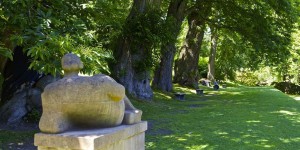

Between 1946 and 1966 renowned sculptor Moore corresponded with Leonard and Dorothy Elmhirst, and his Memorial Figure can be seen at in our gardens.
Read More >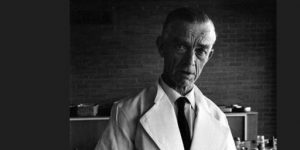
Around 1930, Mills became the butler’s assistant to Walter Thomas, which he continued both in the Elmhirst’s house (now the Elmhirst Centre) and also the college for forty years.
Read More >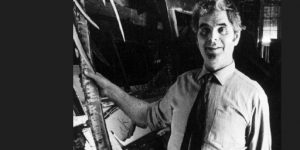
Although his work over the following 28 years involved electrical maintenance throughout the Arts Department offices, studios, workshops, the Great Hall (and later, the College of Arts), it was in his role as Theatre Technician that the Barn Theatre became Horace’s true domain.
Read More >
Imogen Holst (1907-1984) was the only child of the composer Gustav Holst. She became a well-known composer in her own right and her work is still internationally performed.
Read More >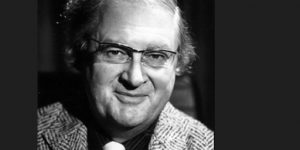
Large and ebullient and the wearer of loud waistcoats, John was for many people the outward face of the Summer School.
Read More >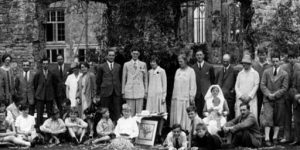
John Wales (1904-1981) remains a key figure in Dartington's rich history, most notably for his role in founding of Dartington Hall School.
Read More >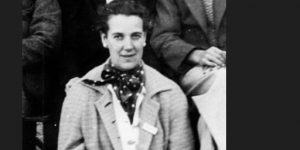
Kay was Leonard Elmhirst’s secretary and was a person of remarkable influence and ability. It was Kay who was responsible for the sculptor, Willi Soukop, coming to Dartington from Vienna in 1934.
Read More >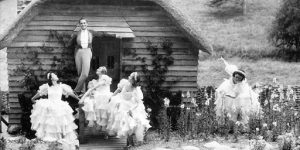
German ballet director Kurt Jooss (1901-79) came to Dartington in 1934 with his dance company the Ballets Jooss and the Jooss/Leeder School of Dance.
Read More >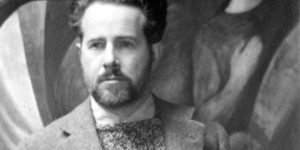
Mark Tobey achieved his greatest acclaim as a painter after he left Dartington to return to America, but continued a close correspondence with the Elmhirsts until the last years of his life.
Read More >
It is doubtful that anyone knew more about this place, its people and its history than Mary Bride, whose career included time as Dorothy Elmhirst's personal secretary.
Read More >